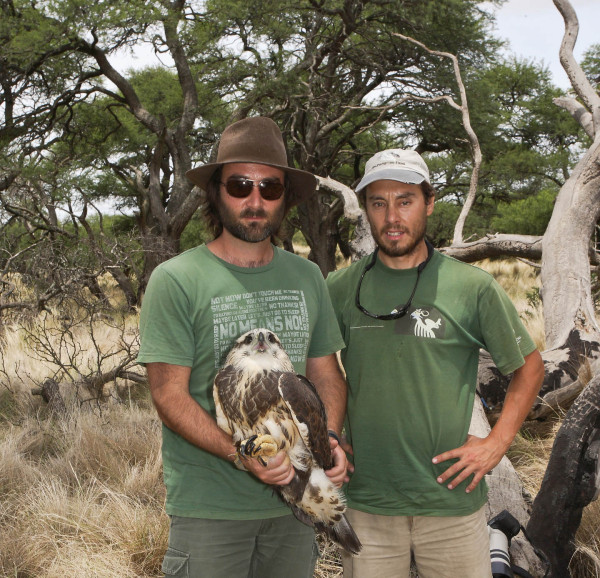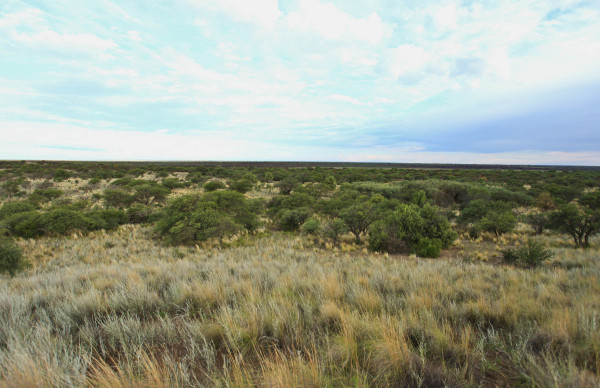CCB Continues Support of Crowned Eagle Research

Grace flies East Into Tyrrell County, NC 1/9/2015
January 10, 2015Virginia Red-cockaded Woodpeckers Continue to Surpass Expectations
January 12, 2015
For the fourth consecutive breeding season, The Center for Conservation Biology is collaborating with CECARA, Center for the Study and Conservation of Birds of Prey of Argentina (Centro para el Estudio y Conservación de las Aves Rapaces en Argentina), to investigate post-fledging dependency, dispersal and survival in the crowned solitary eagle. The collaborative study tracks birds using satellite transmitters to investigate the early life of crowned eagles and to quantify movement and survival. Since 2012, 12 transmitters have been deployed on nestlings with a goal of eventually tracking 20 eagles. Alarmingly, none of the tracked birds have survived to breeding age (assumed to be 3 years). Three birds have been shot, three have been electrocuted, one drowned in a stock tank, and one died of unknown causes. The remaining 4 birds are between 1 and 2 years old. Early results suggest that juvenile survival may be contributing to population declines.

Joaquín Cereghetti approaches a nest and is greeted by a nestling crowned eagle in the top of a Eucalyptus tree. Photo by Bryan Watts.
The crowned eagle is both one of the most critically endangered raptors in the world and one of the most charismatic species in South America. The species occurs in arid regions of Argentina, Paraguay, southern Brazil and southern Bolivia. The crowned eagle has an extremely low reproductive rate, producing 1 young each year (or possibly every other year), and feeds primarily on snakes and armadillos. In the arid La Pampa region of Argentina, crowned eagles are nearly restricted to the declining Caldén forest and associated grasslands.

Dr. Jose Sarasola (left) holds a nestling crowned eagle with PhD. student Maxi Galmes (right). Photo by Bart Paxton.
Fieldwork during the 2014-2015 breeding season is being conducted by Dr. Jose Sarasola (Director of CECARA) and Joaquín Cereghetti. In addition to deploying transmitters, the team is monitoring nest occupancy and breeding success.

Primary habitat of the crowned eagle, the native Caldén forest has declined over the past several decades throughout its historic range in South America. Photo by Bryan Watts.
Written by Bryan Watts | bdwatt@wm.edu | (757) 221-2247
January 12, 2015
Learn More:
Another crowned eagle shot



